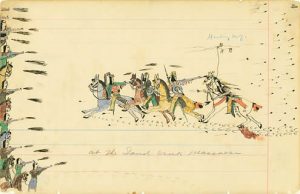Our Historic County of Kern, California
*Our Historic County of Kern* by Glendon J. Rodgers, published by the Kern County Historical Society in 1949, served as a guide to the landmarks and historical sites within Kern County, California. This second edition, while slightly revised from the original, continued to provide a brief but complete account of the county’s notable landmarks. The book is designed to be both informative and accessible, encouraging readers to explore and appreciate the historical landmarks of Kern County.




